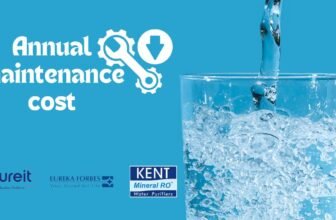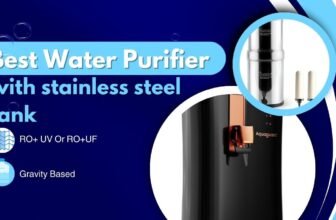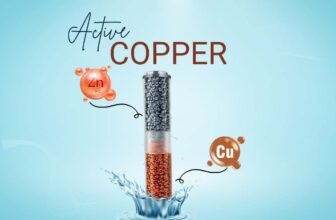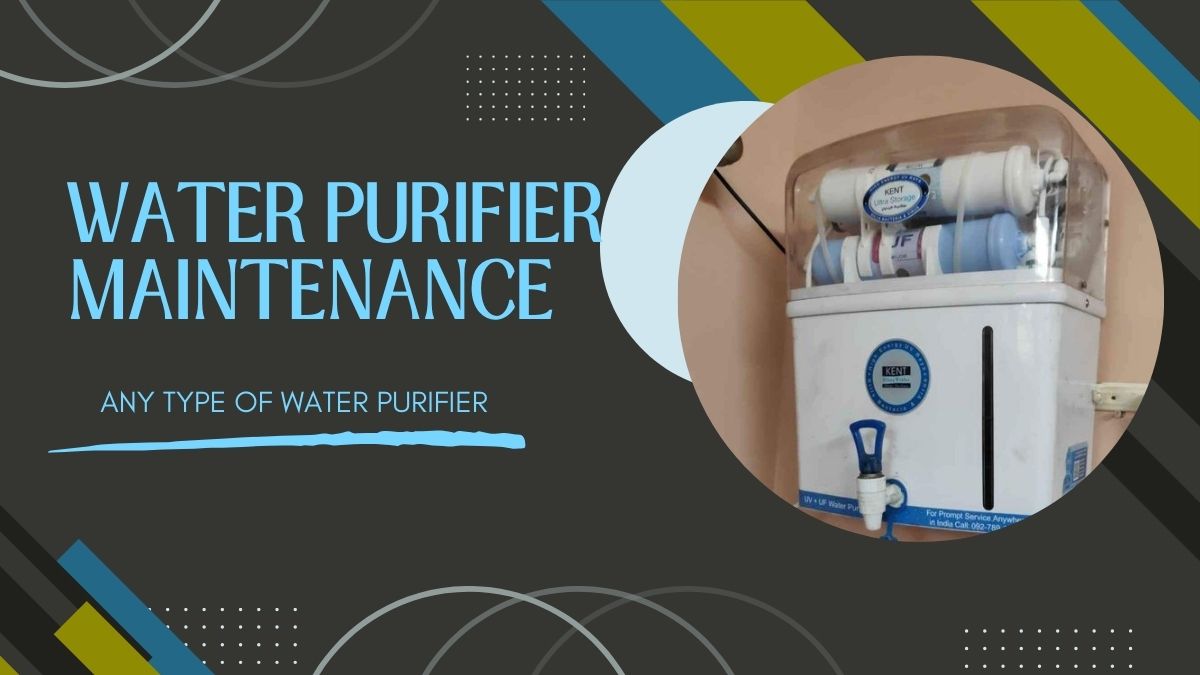
Maintaining a water purifier at home is essential for ensuring a continuous supply of clean and safe drinking water. Over time, contaminants can clog the system, reducing its efficiency and potentially compromising water quality. Regular cleaning and maintenance are vital for the optimum performance of a water purifier, making it not just a routine task but a crucial aspect of household management. With a variety of models available, choosing the best water purifier for one’s needs can be challenging, but keeping it in top condition is a universal requirement.
Proper upkeep involves a series of steps such as replacing filters and membranes at recommended intervals, sanitising the storage tank, and checking for any signs of wear or damage. Professional services can be enlisted for thorough cleaning and to address any technical issues that may arise, ensuring that the system operates at peak efficiency. A well-maintained water purifier not only extends the life of the equipment but also guarantees that household water is consistently of the highest standard for consumption.
Investing the time and effort to look after a water purification system pays dividends in terms of health benefits, cost savings on maintenance, and peace of mind. While the process may seem daunting, anyone can learn to manage their water purifier with the aptitude of a professional by adhering to the correct practices and understanding the mechanics of their system. Regular monitoring and timely interventions keep the water purifier performing at its best, safeguarding one’s family’s health and wellness.
Understanding the Basics of Water Purification Systems
Modern water purification systems are the cornerstone of ensuring clean and safe drinking water. Through a combination of technologies, these systems remove various contaminants to improve water quality.
Role of Filters in Water Purification
Water filters serve a pivotal role in purification systems. They can be categorised into sediment filters, which trap particulate matter, and carbon filters, adept at removing organic compounds that may affect taste and odour. These filters work together to clean the water, removing visible impurities and reducing chemical pollutants.
Types of Contaminants Filtered by Water Purifiers
Water purifiers aim to eliminate a wide array of different types of impurities. This includes:
- Physical: such as sediment and rust
- Chemical: pesticides, industrial pollutants, and chlorine
- Biological: bacteria and viruses
By tackling contaminants from water, these systems ensure that the water is not only safe to drink but also pleasant in taste and appearance.
Understanding the Role of Reverse Osmosis in Water Purification
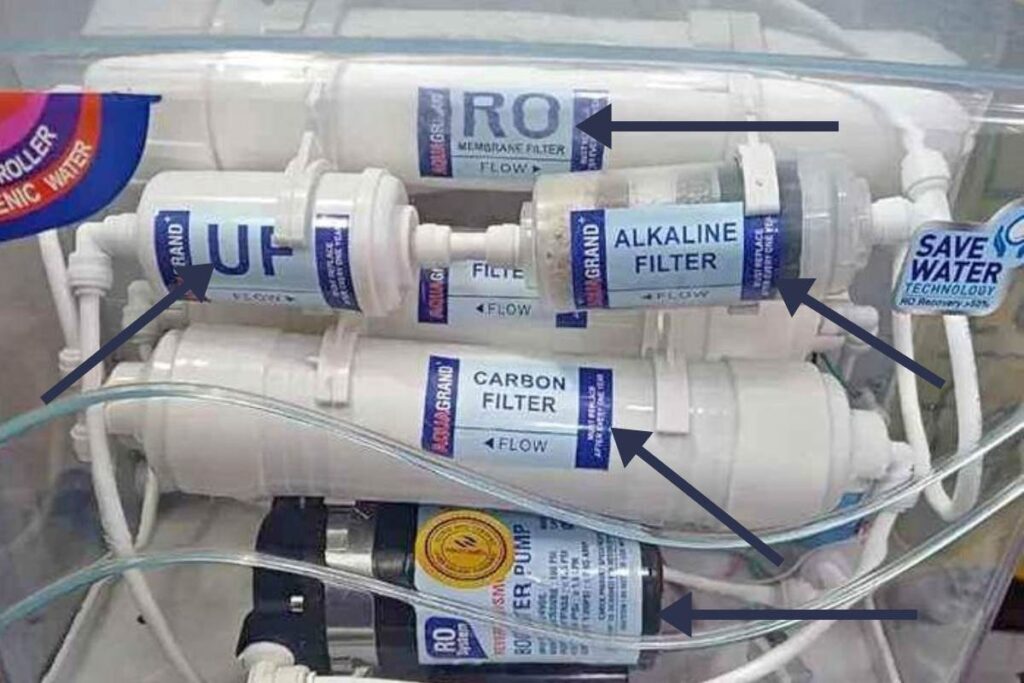
Reverse osmosis (RO) is a critical component in many filtration units. An RO system forces water through a semipermeable RO membrane, leaving impurities present in water behind. This process is particularly effective against dissolved salts and minerals, providing a higher level of water quality by targeting microscopic contaminants.
Importance of Regular Maintenance for RO Water Purifiers
Regular maintenance of your RO water purifier is crucial to ensure that the quality of the water remains high and that you have continuous access to clean and safe drinking water. The life of the purifier itself is also prolonged with proper maintenance and care.
Benefits of Proper Maintenance for Water Purification Systems
Proper maintenance of RO water purification systems is essential for several reasons. Firstly, it helps in extending the lifespan of the unit. Regular checks and replacements of essential components, such as filters and membranes, ensure the system functions optimally. Additionally, well-maintained systems are less likely to break down, saving costs on potentially expensive repairs or full system replacements.
Ensuring Clean and Safe Drinking Water
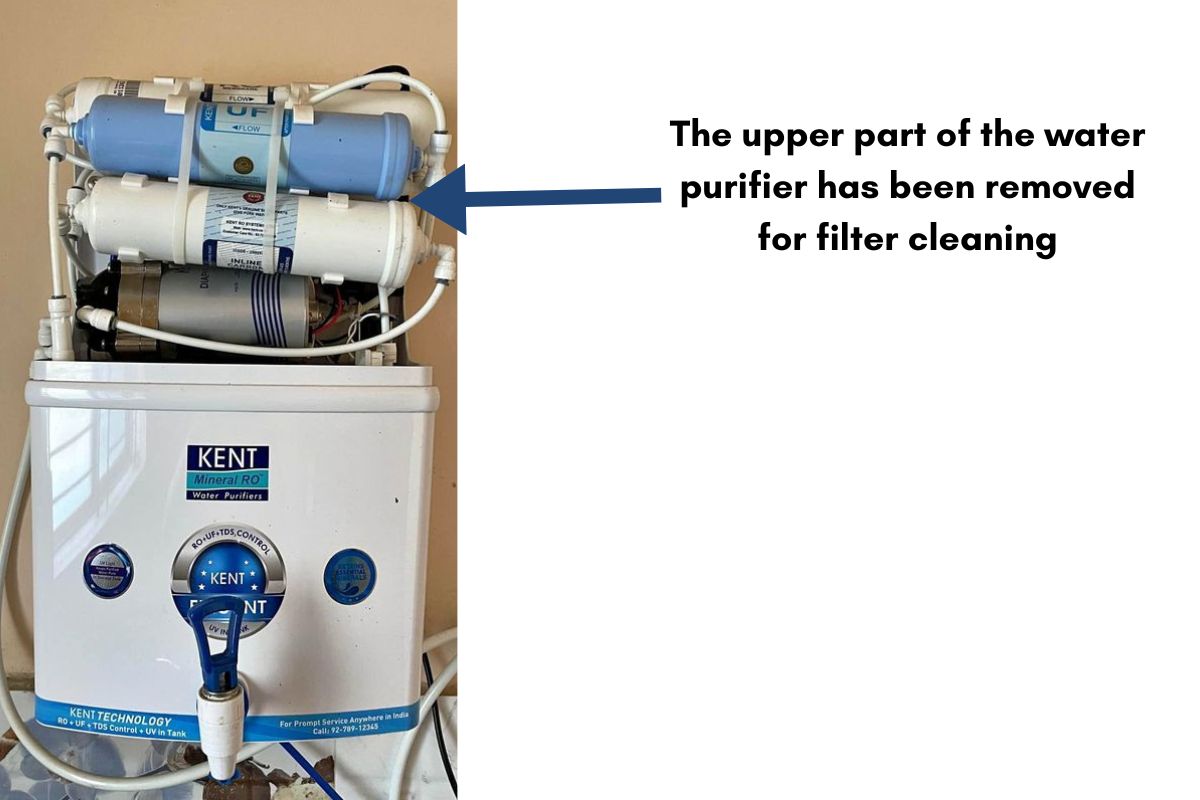
Regular maintenance of RO water purifiers is indispensable in providing clean drinking water. The process removes contaminants that can accumulate over time and potentially pass into the water we drink if the system is not properly maintained. By adhering to an annual maintenance schedule, one can significantly minimize the risk of contaminant leakage, thus ensuring the tap water that passes through your RO system is of safe water quality.
Addressing the Need for Proper Maintenance and Care
To maintain the purifier in top condition, a structured approach is necessary. This includes periodic cleaning of the system, timely replacement of filters and membranes, and checking for any leakage or damage.
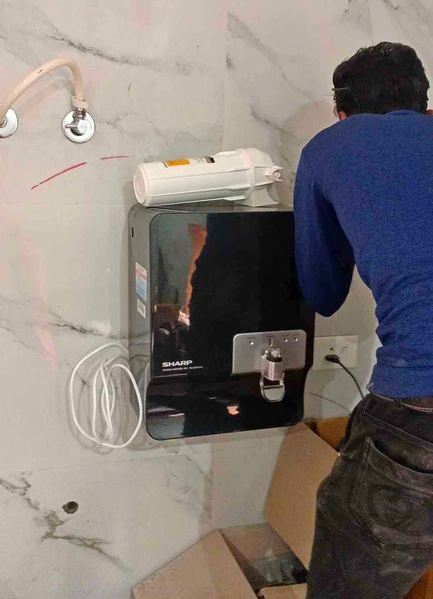
Failure to properly maintain the RO water purifier can lead to decreased efficiency, resulting in poor quality of the water. Regular maintenance not only safeguards the health of users by providing clean and safe drinking water but also ensures that the investment in the purification system is worthwhile over the long term.
Choosing the Right Water Purifier for Your Home
Selecting the suitable water purifier for one’s home is a critical decision. There are various factors to consider such as the purification technology, the capacity, and, importantly, the maintenance aspects. RO water purifiers are popular for their ability to remove dissolved impurities, but they also require a routine replacement of filters for optimal performance.
One should assess their household’s water quality to determine whether a RO (Reverse Osmosis) system is necessary. In areas where water hardness and high levels of TDS (Total Dissolved Solids) are concerns, RO purifiers are highly effective.
| Purification Technology | Ideal Usage |
|---|---|
| RO | High TDS, removal of heavy metals |
| UV | Bacterial and viral contamination |
| UF | Larger particles, some bacteria |
| Activated Carbon | Chlorine, odours, and taste improvement |
The capacity of the purifier should align with the daily water needs of the household. Additionally, components such as filters and membranes in a RO system need to be replaced periodically, usually every 6 to 12 months, depending on usage.
When it comes to selecting the best water purifier, it is essential to choose a reliable brand that offers good after-sales service. One should look for certifications from recognised health and safety organisations to ensure the effectiveness of the purifier.
Remember that while maintenance is paramount, the initial selection of a water purifier tailored to your home’s specific needs will set a strong foundation for ensuring a consistent supply of clean drinking water.
Essential Maintenance Tips for Your Water Purifier
Maintaining a water purifier is critical for ensuring the longevity of the system and the quality of the water. This section provides specific instructions on how to keep each component functioning properly, as regular maintenance is the key to avoiding any serious issues and maintaining a consistent supply of clean drinking water.
How to Clean and Maintain the RO Membrane
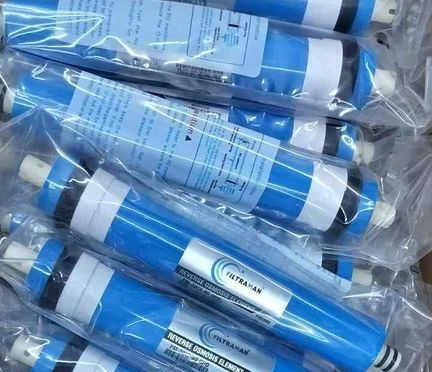
The RO membrane is a critical part of the purification process, but it can be sensitive to clogs and damage. To maintain it, follow the manufacturer’s instructions and clean it every 2-3 months. Avoid chemical contaminants, as these can damage the RO membrane. In case of any noticeable decrease in water pressure, get professional help to inspect and possibly replace the membrane.
Regular Cleaning and Replacement of Filters
Filters should be replaced every 12 months as a standard practice. However, this period can be shorter depending on water quality and usage. Regularly check the filters for any build-up of debris and clean them accordingly. If you’re unsure about the filter change, don’t hesitate to contact a technician for assistance.
The Importance of Maintaining the Carbon Filter
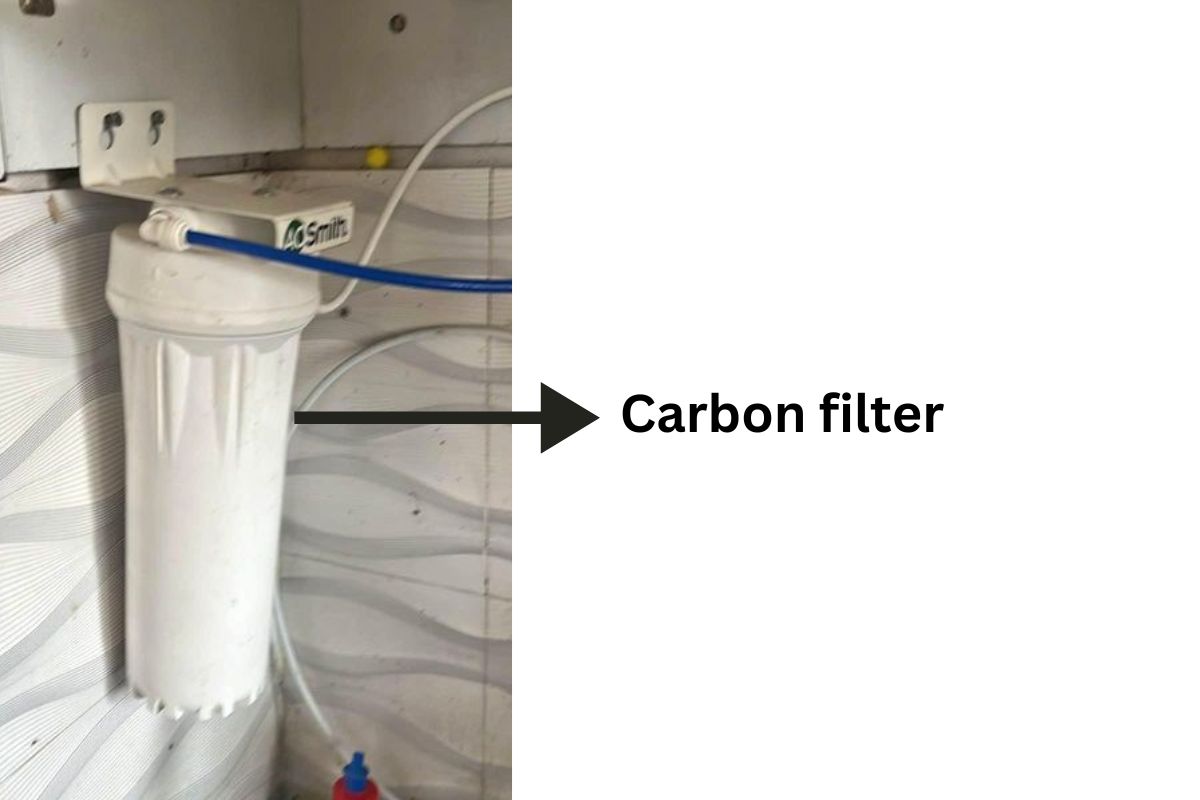
The carbon filter removes chlorine and odours, significantly improving the taste of your water. It should be kept in optimal condition to prevent any decline in performance. Inspect the carbon filter regularly, and if it shows signs of saturation or damage, replace it promptly to ensure efficacy.
Effectively Maintaining the Sediment Filter
This filter is your water purifier’s first line of defence, protecting dirt from getting into your system. It filters out all additional contaminants that could potentially harm other, more delicate filters downstream. Clean the sediment filter regularly and look out for wear and tear that might warrant a replacement.
Common Issues and Troubleshooting for Water Purifiers
Be on the lookout for noticeable drips or leakages, as they can indicate a malfunction or improper fit of the components. Tackling these minor issues promptly can avoid any serious damage to the system. If you may end up drinking contaminated water due to these problems, seek immediate help from a technician.
Dealing with the Challenges of Maintenance
Proper maintenance of water purifiers is vital in ensuring the delivery of clean, safe drinking water. It involves routine checks and cleaning to prevent issues that may compromise water quality. Here are steps to address common maintenance challenges.
Identifying and Addressing Sediment Build-up
Sediment build-up can clog the filters, affecting the performance of a water purifier. Regular cleaning is crucial to remove dirt and prevent sediment from hampering the filtration process. The pre-filter, which catches larger particles, should be checked monthly and cleaned or replaced as necessary to prevent sediment from reaching the semi-permeable membrane.
Dealing with Impurities and Contaminants in Tap Water
Tap water contains various impurities that can affect both the water quality and the lifespan of your purifier. It’s critical to assess the water entering your home and choose a purifier with a filtration technology appropriate for your water’s contamination levels. The right system can efficiently remove contaminants that may cause health issues.
Dealing with Chlorine and Other Disinfectants in Tap Water
Chlorine and similar chemicals are commonly used to disinfect tap water, but they can create an unpleasant taste and smell. Activated carbon filters are effective in removing chlorine and other contaminants from water, thereby enhancing the water’s taste and odour. These filters also extend the life of the downstream membrane by eliminating chlorine that can degrade it.
Enhancing the Water Quality and Longevity of Your Water Purifier
A multi-stage filtration process can significantly enhance the quality of your water. It’s essential to follow the manufacturer’s guidelines for filter replacement and use genuine parts to maintain the system’s efficiency. Regular maintenance also includes sanitising the water storage tank and checking for leaks to ensure the purified water remains uncontaminated.
Preventing Contaminant Build-up and Ensuring Clean Water
Build-up of contaminants can impair your water purifier’s performance. Implementing a schedule for regular cleaning of the internal components and timely replacement of the purification elements is vital. For instance, the reverse osmosis membrane should be replaced every 6-12 months, depending on water usage and quality, to prevent a decrease in water purity and flow rate.
By addressing these specific challenges, you can not only maintain the performance of your water purification system but also guarantee the consistent provision of clean, safe drinking water for your household.



